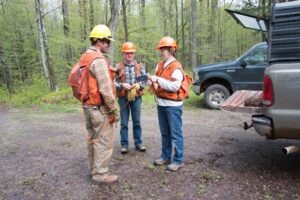 The city of Madison is happy to announce Ian Brown as the new City of Madison Forester.
The city of Madison is happy to announce Ian Brown as the new City of Madison Forester.
Brown will lead the Streets Division’s Urban Forestry section. He joins the city after 17 years of public urban forestry experience, most recently as a Forestry District Manager for the city of Milwaukee for the past 7 years.
He holds a Bachelor of Arts from the University of Minnesota – Morris in biology and a Master of Science in natural resource management with a focus in urban forestry from the University of Wisconsin – Stevens Point.

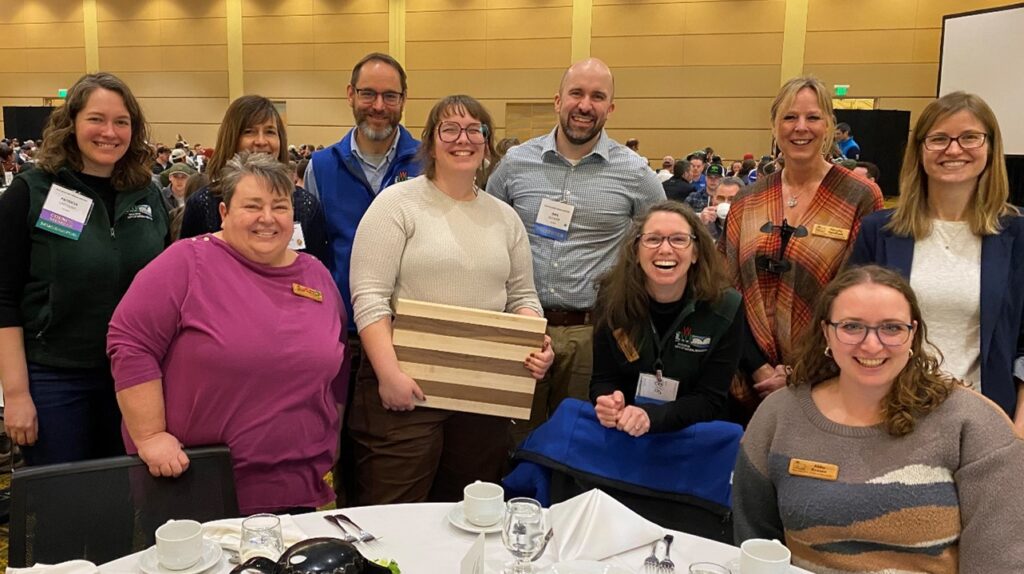
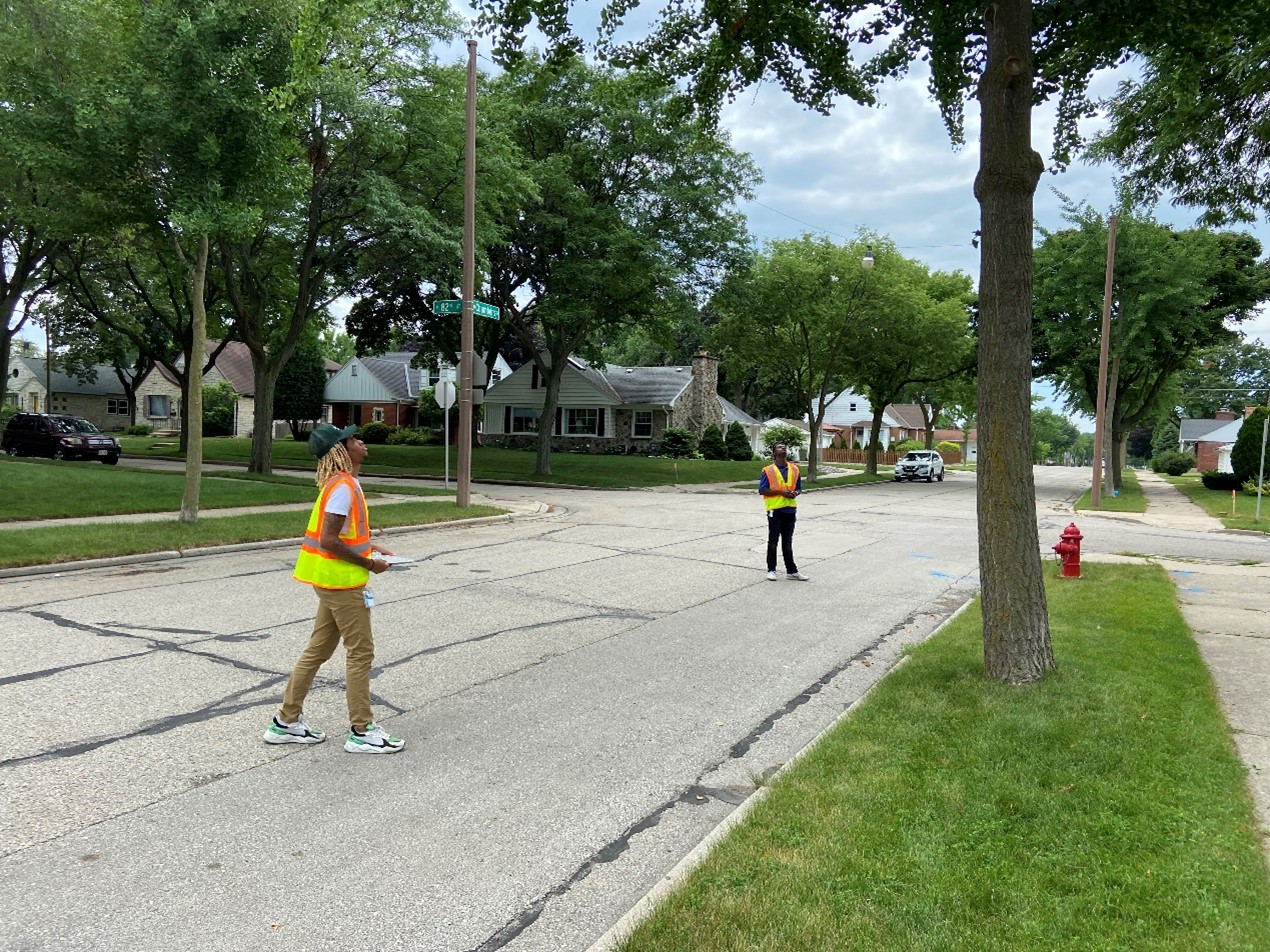
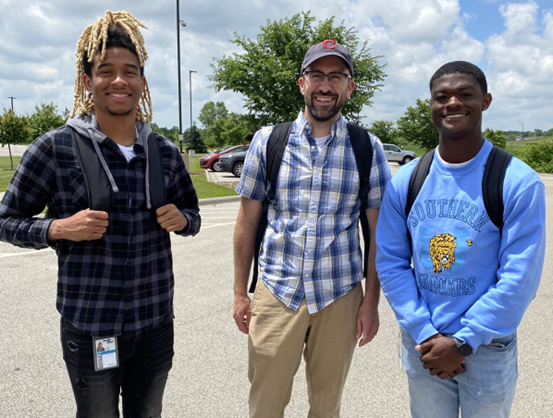
 We are excited to announce the newest addition to our team! Kirsten Biefeld has accepted the position of Urban Forestry Council Liaison and Outreach Specialist. Her first day was Monday, June 6, 2022. Kirsten is based in the Madison office.
We are excited to announce the newest addition to our team! Kirsten Biefeld has accepted the position of Urban Forestry Council Liaison and Outreach Specialist. Her first day was Monday, June 6, 2022. Kirsten is based in the Madison office.  I am very pleased to announce that Abby Krause has accepted the West Regional Urban Forestry Coordinator position. Abby’s first day was April 11, and she is based in Eau Claire.
I am very pleased to announce that Abby Krause has accepted the West Regional Urban Forestry Coordinator position. Abby’s first day was April 11, and she is based in Eau Claire.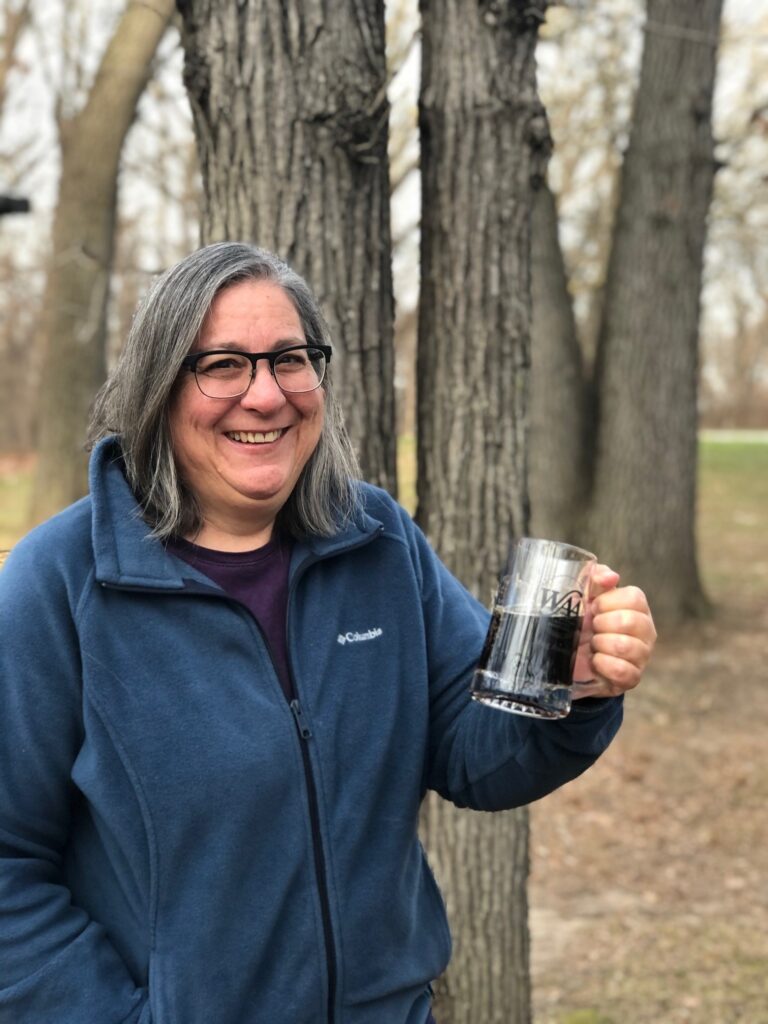 We wish Sara Minkoff the best as she retires following a seven-year career at the Wisconsin Department of Natural Resources (DNR).
We wish Sara Minkoff the best as she retires following a seven-year career at the Wisconsin Department of Natural Resources (DNR).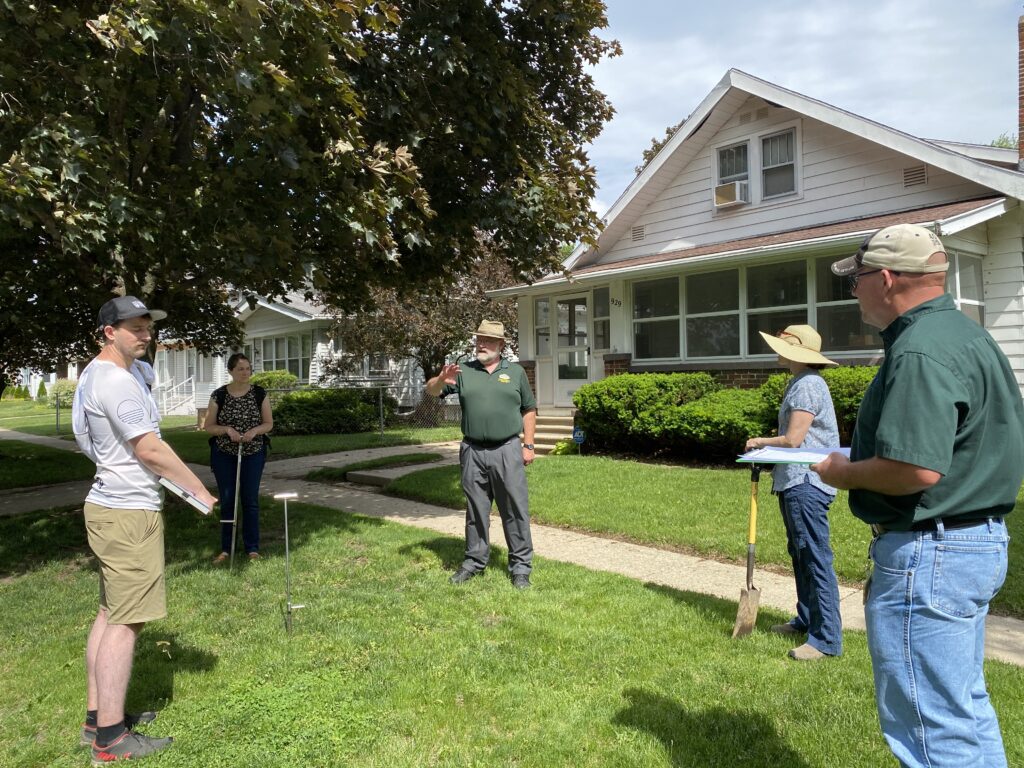 As the year draws to a close, we asked DNR urban forestry staff to reflect on the last 12 months and choose their top highlight – whether it’s a project they’re especially proud of, a new partnership or a deeper relationship with coworkers. Here are their responses:
As the year draws to a close, we asked DNR urban forestry staff to reflect on the last 12 months and choose their top highlight – whether it’s a project they’re especially proud of, a new partnership or a deeper relationship with coworkers. Here are their responses: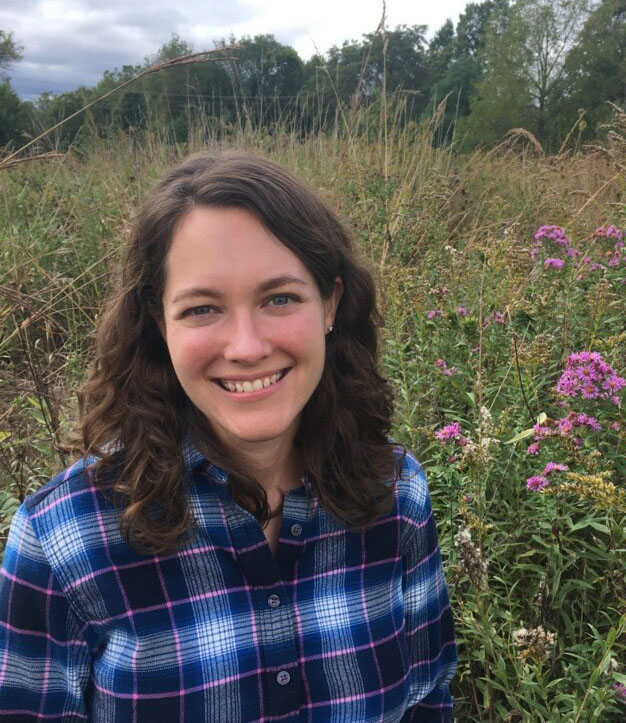 I am very pleased to announce that Patricia Lindquist has accepted the North Central Regional Urban Forestry Coordinator position. Patricia’s first day was Nov. 8, and she is based in Wausau. She is very excited to be continuing her career at the DNR and taking on new challenges.
I am very pleased to announce that Patricia Lindquist has accepted the North Central Regional Urban Forestry Coordinator position. Patricia’s first day was Nov. 8, and she is based in Wausau. She is very excited to be continuing her career at the DNR and taking on new challenges.